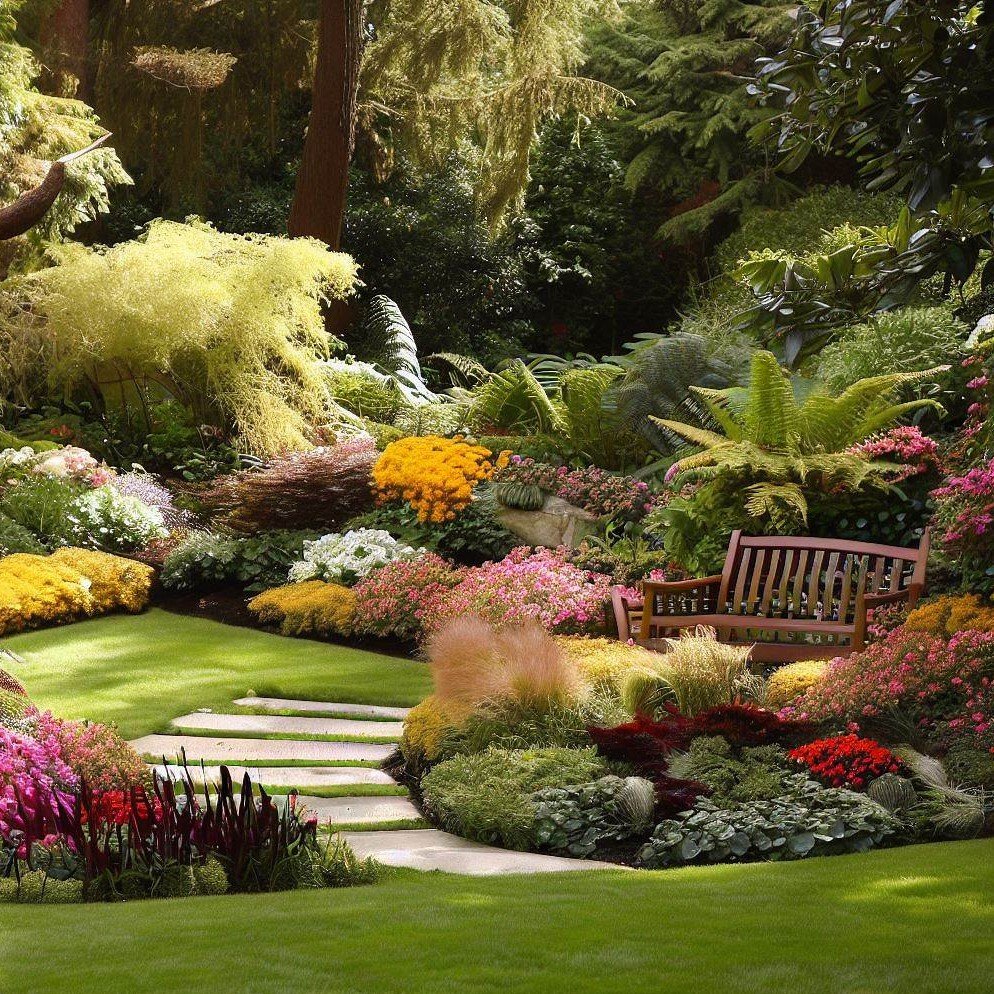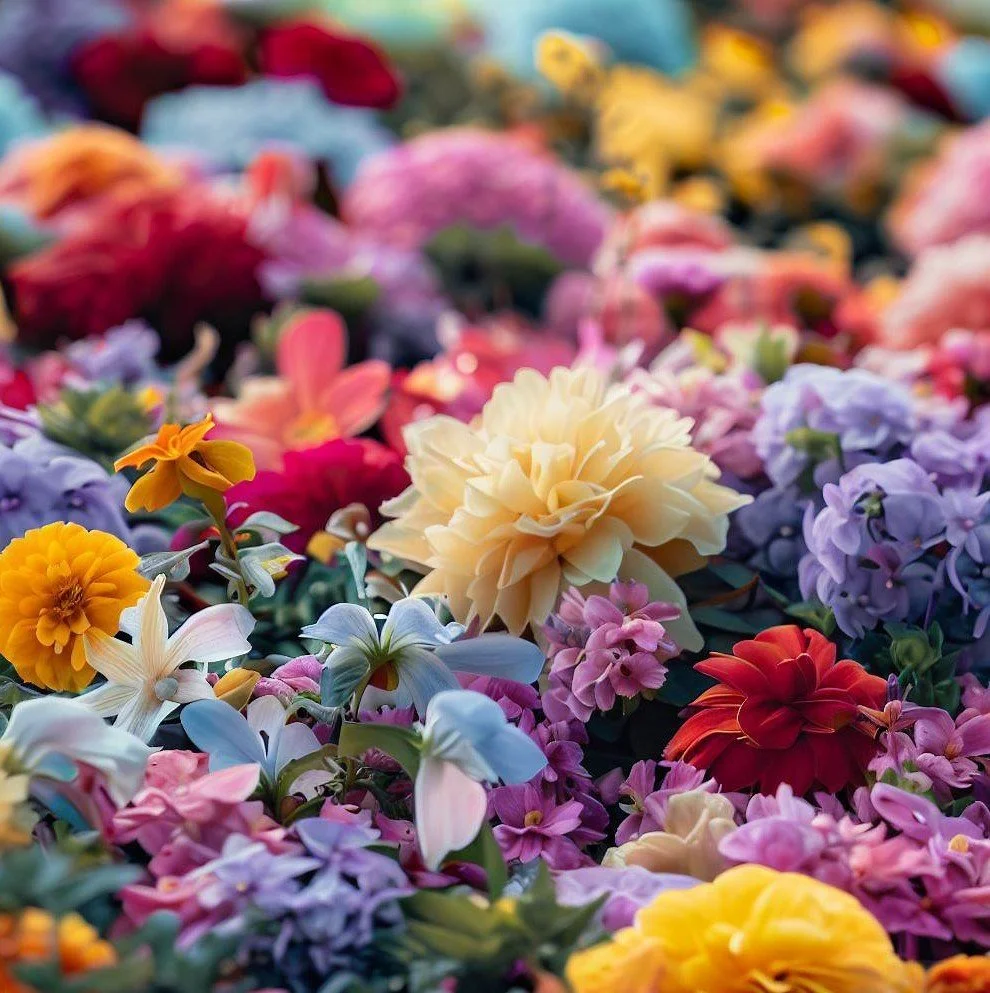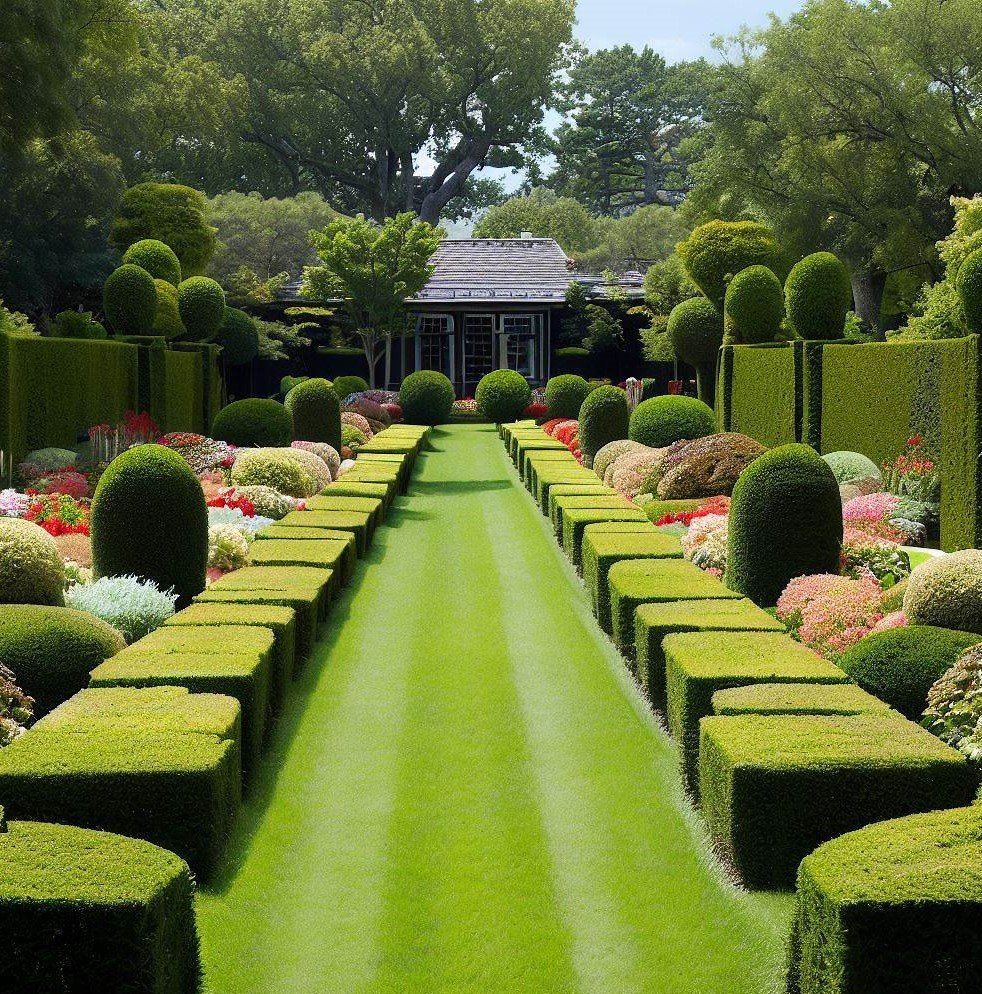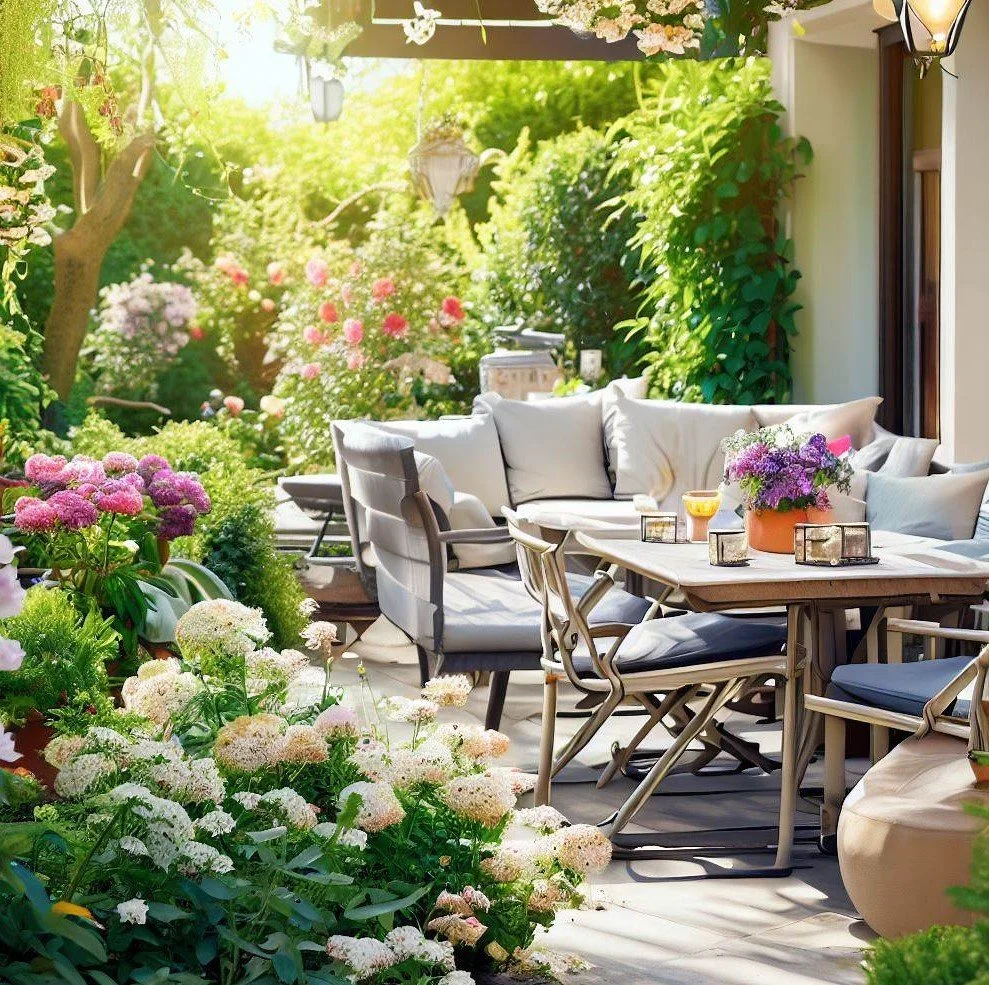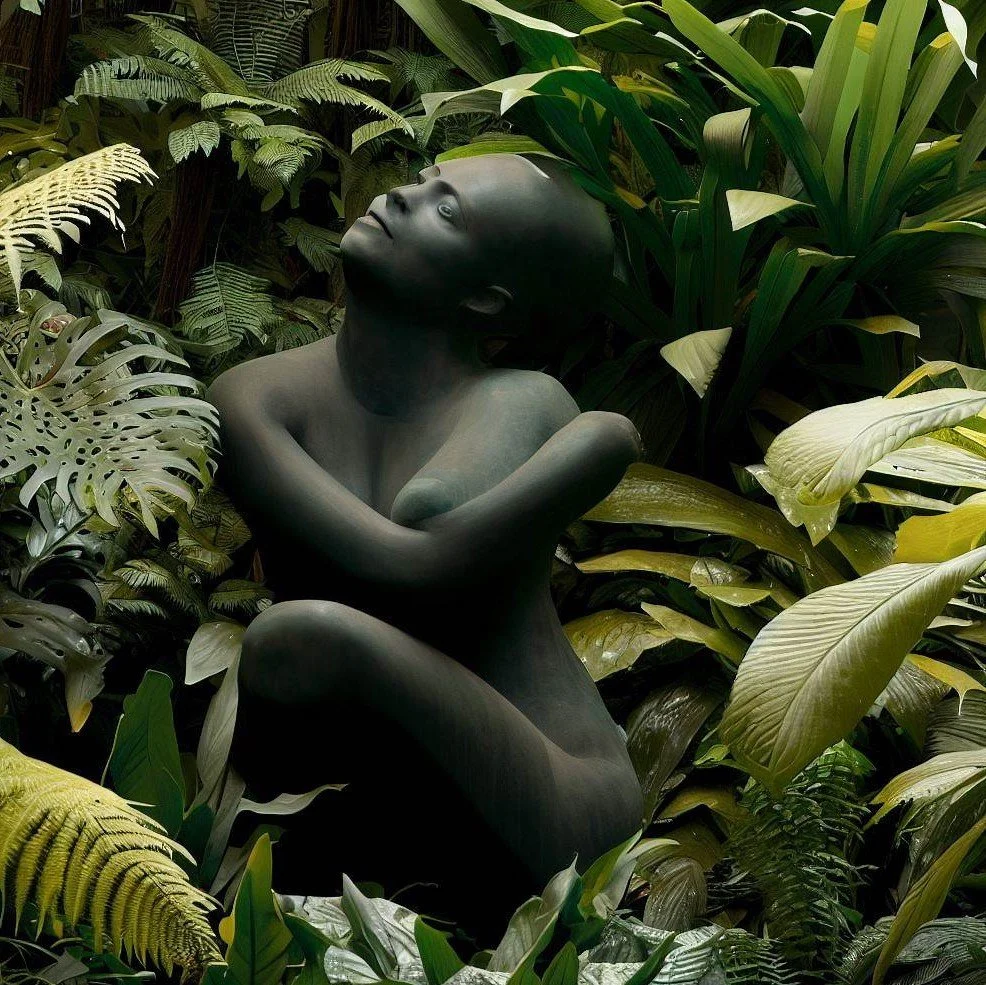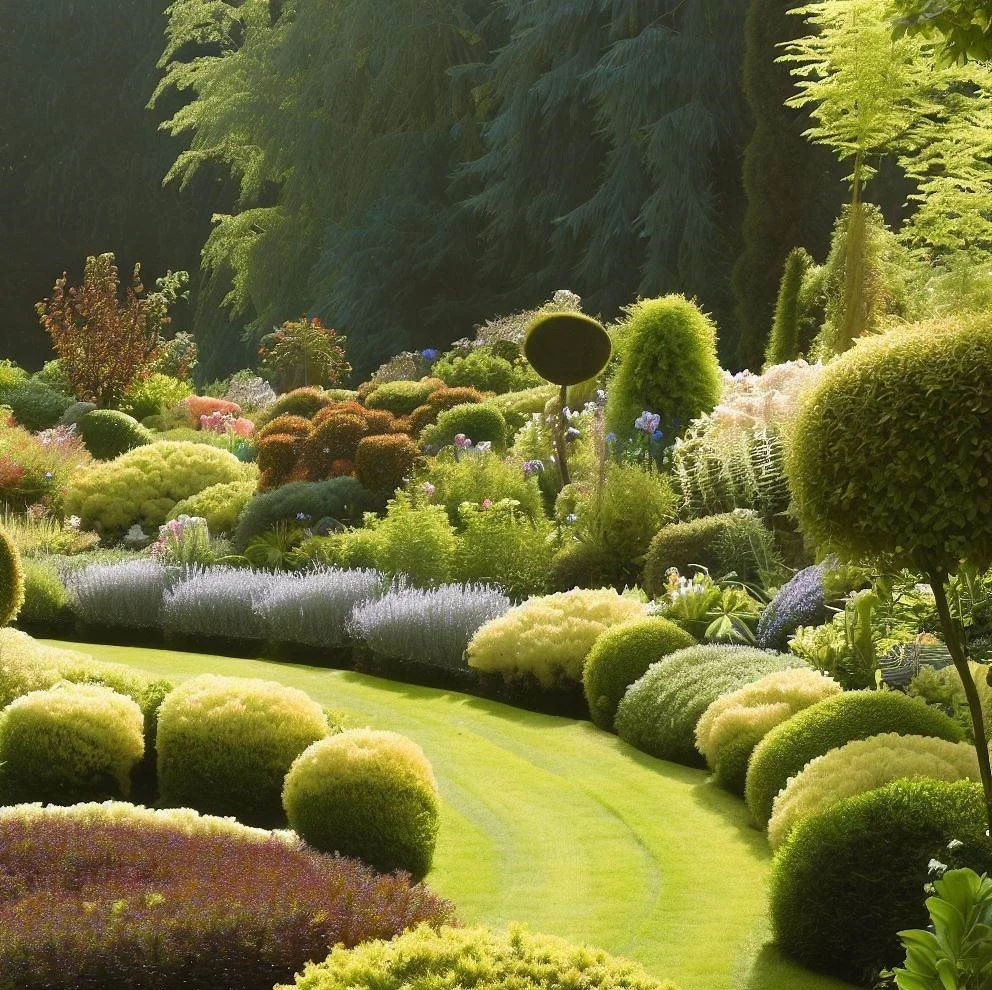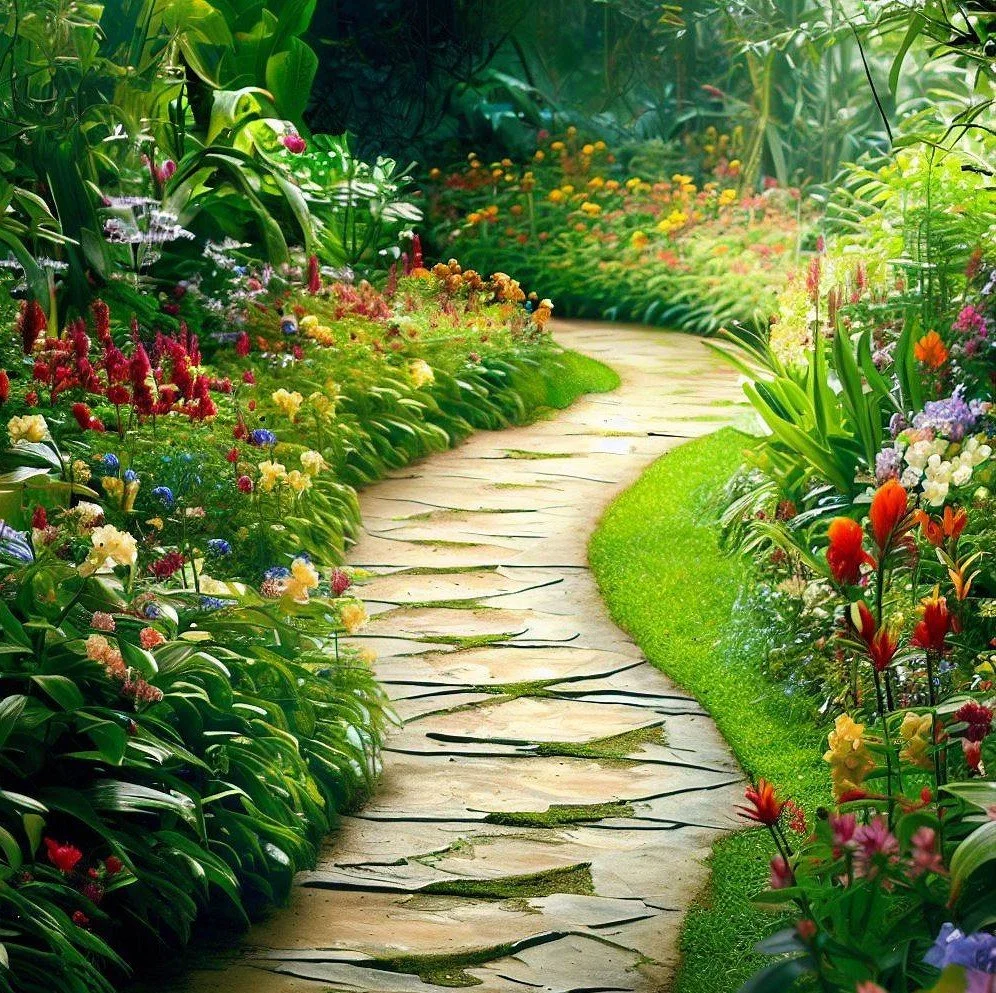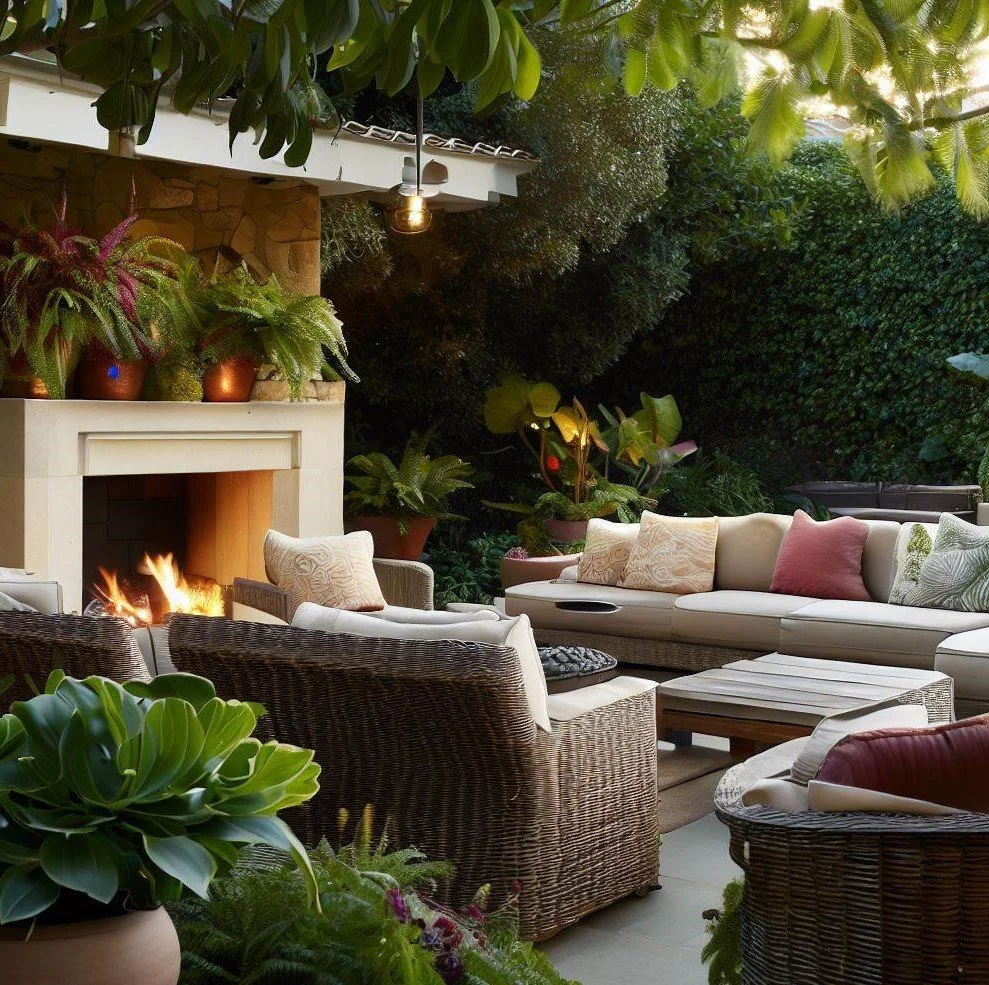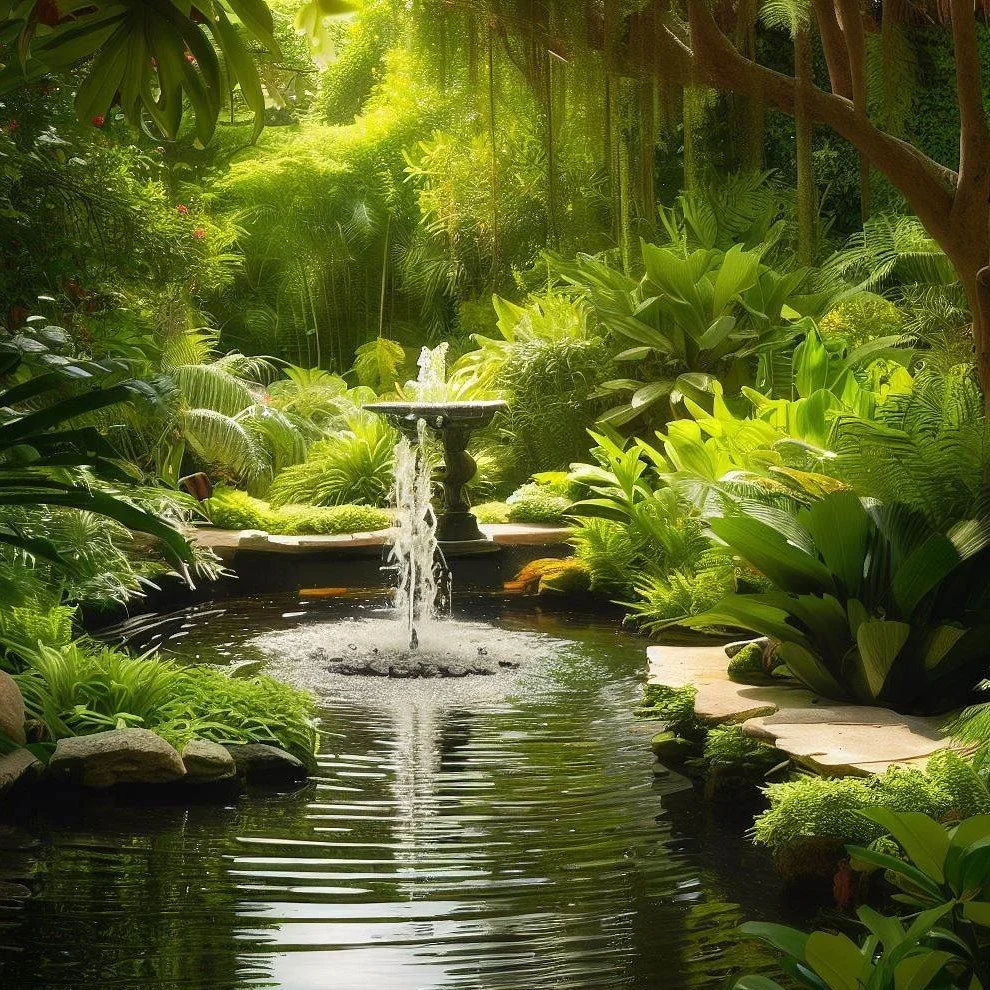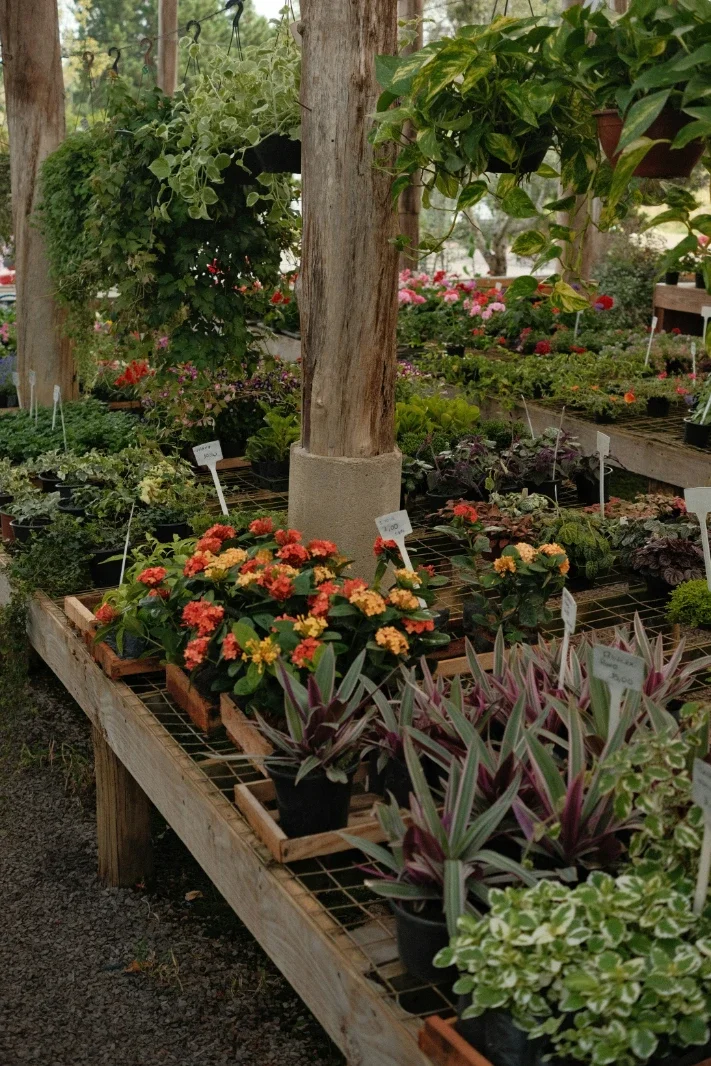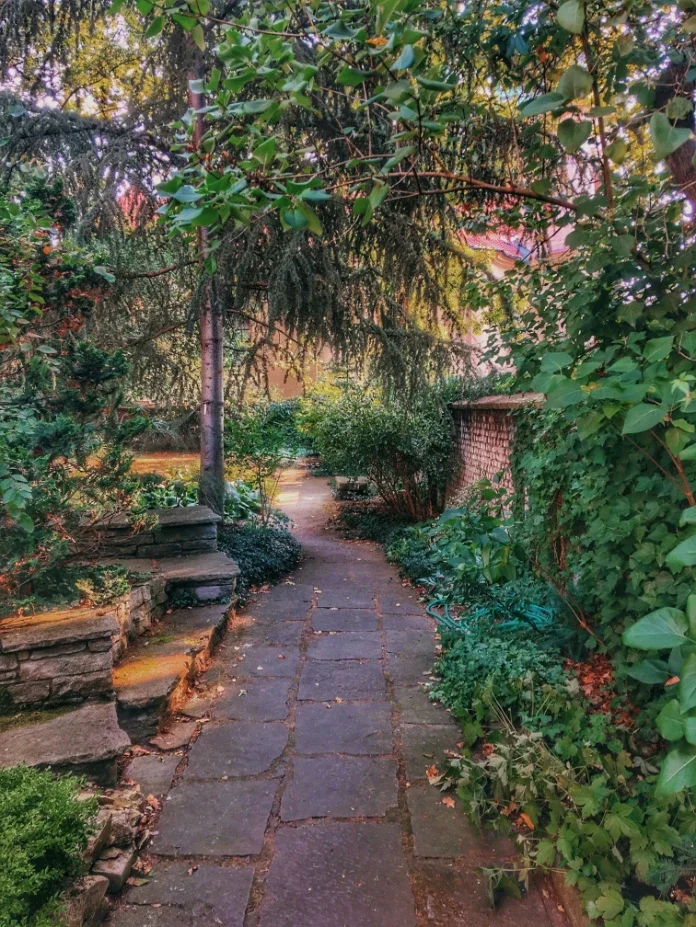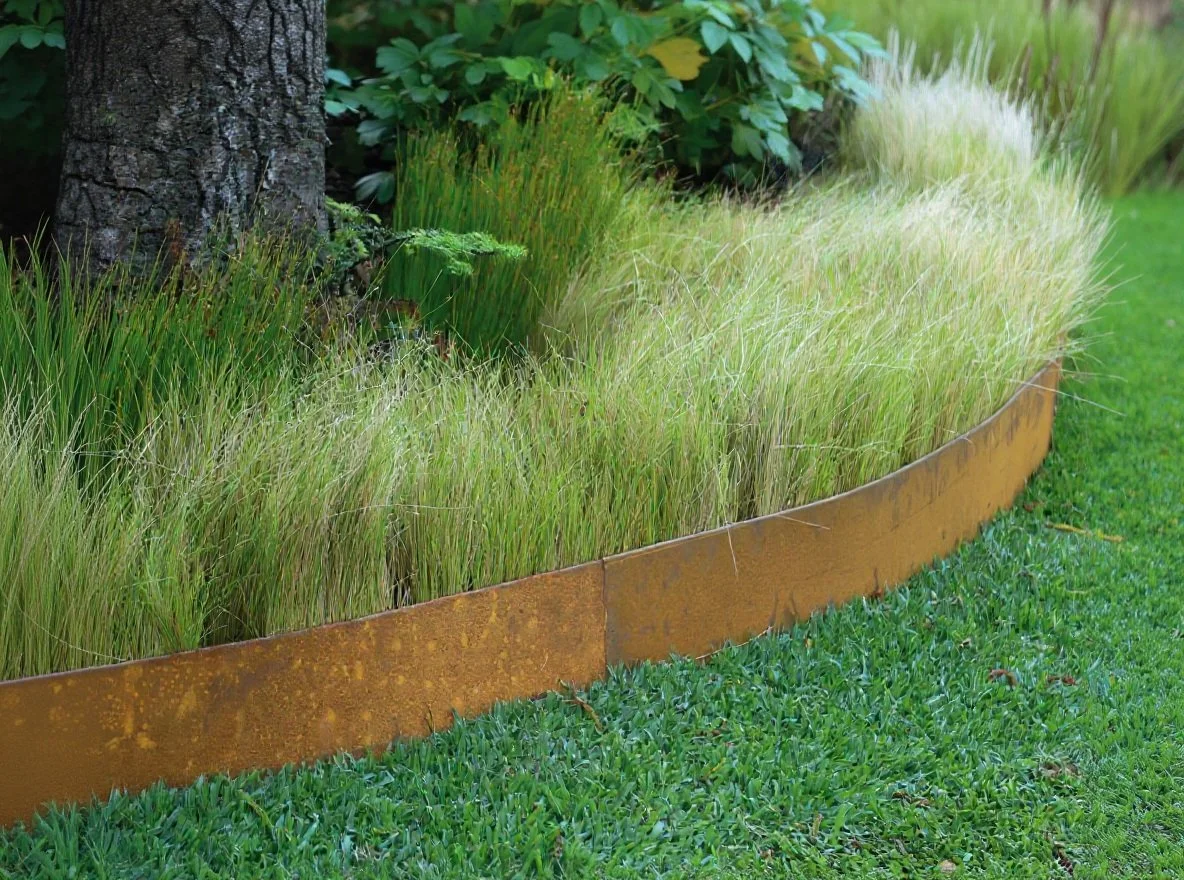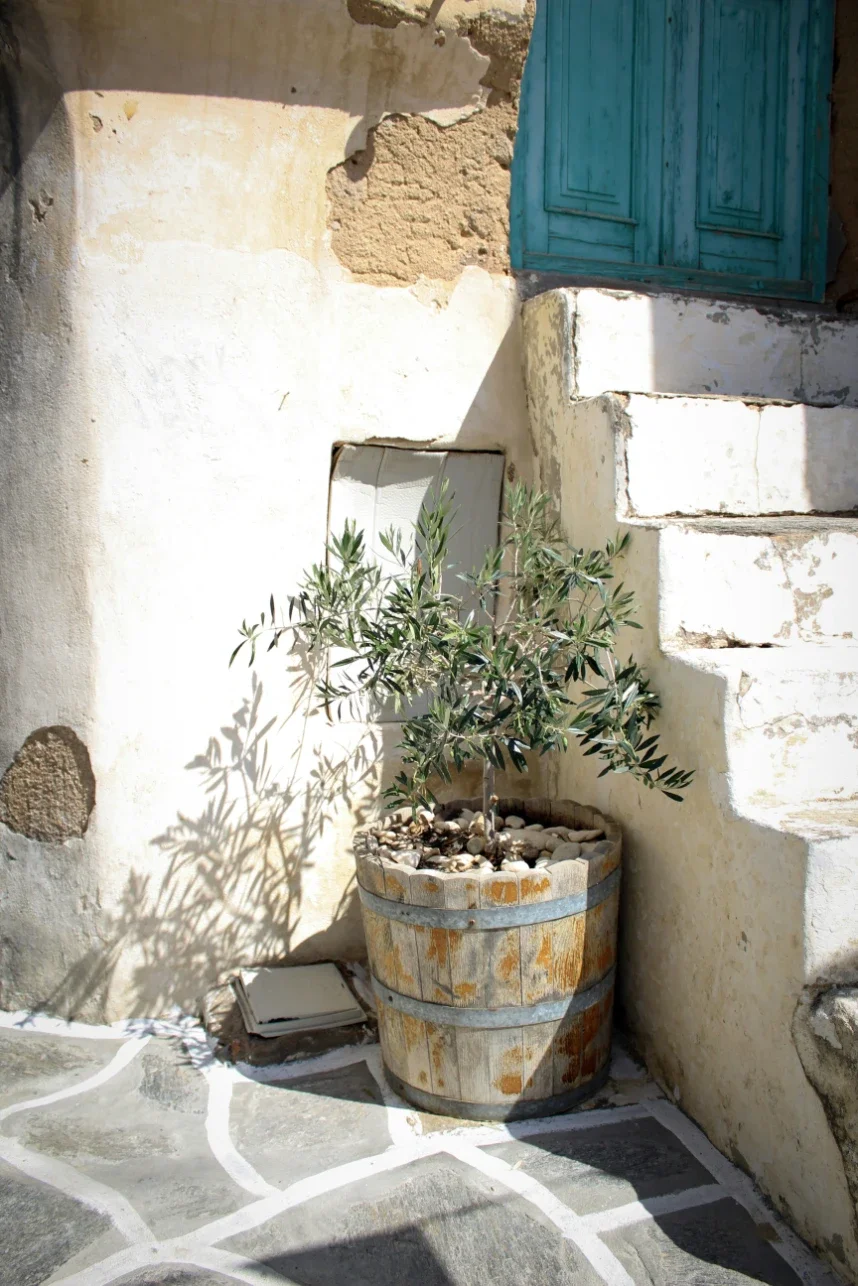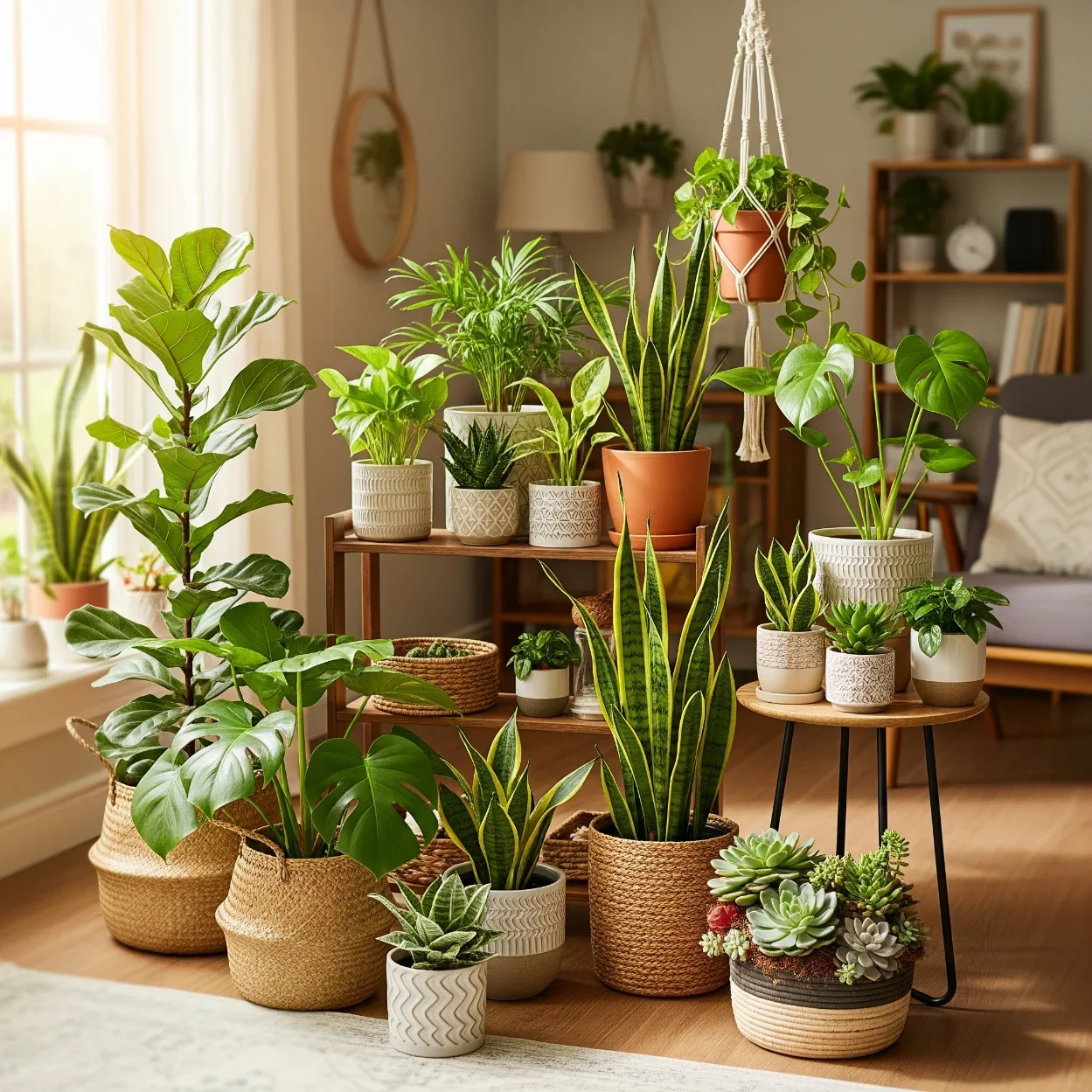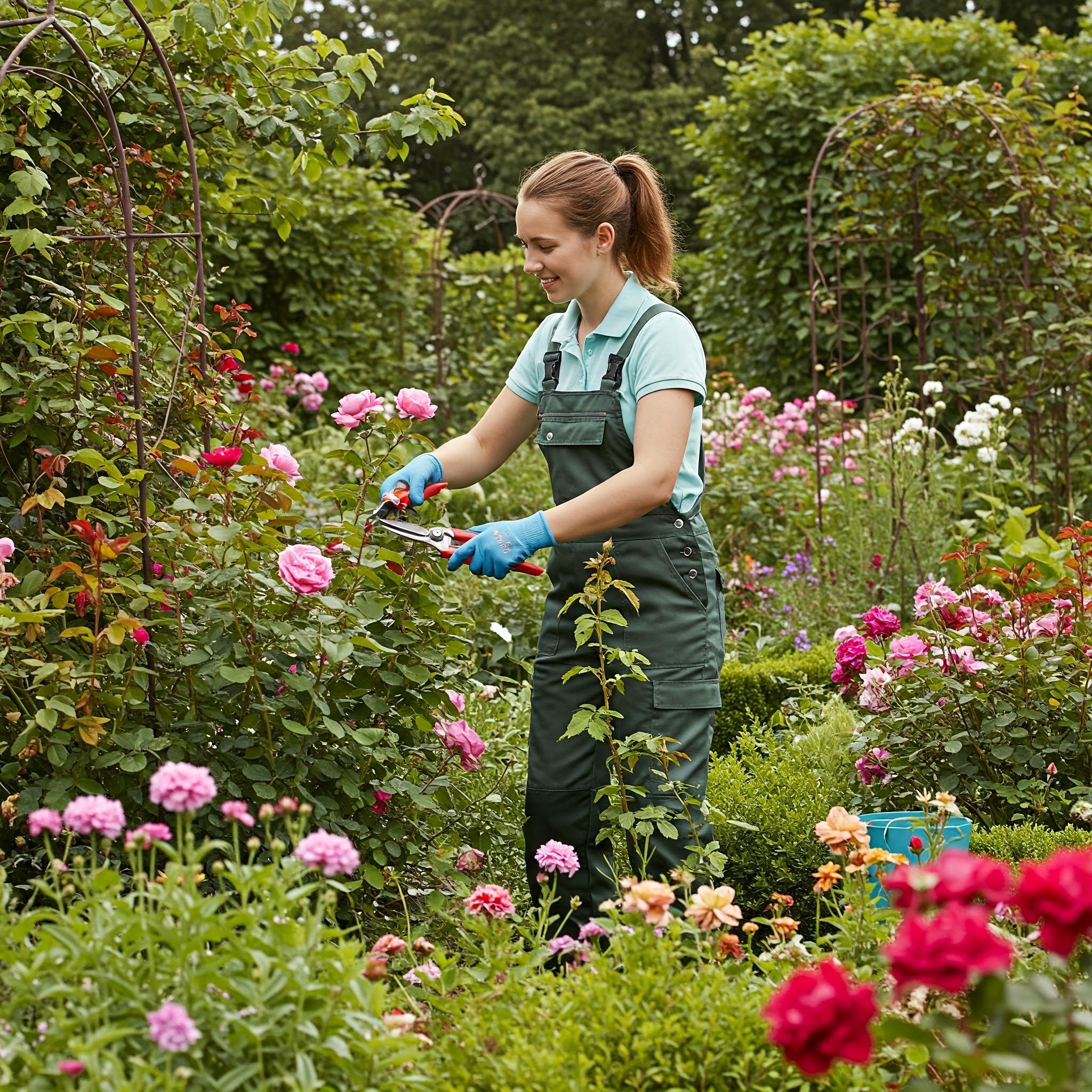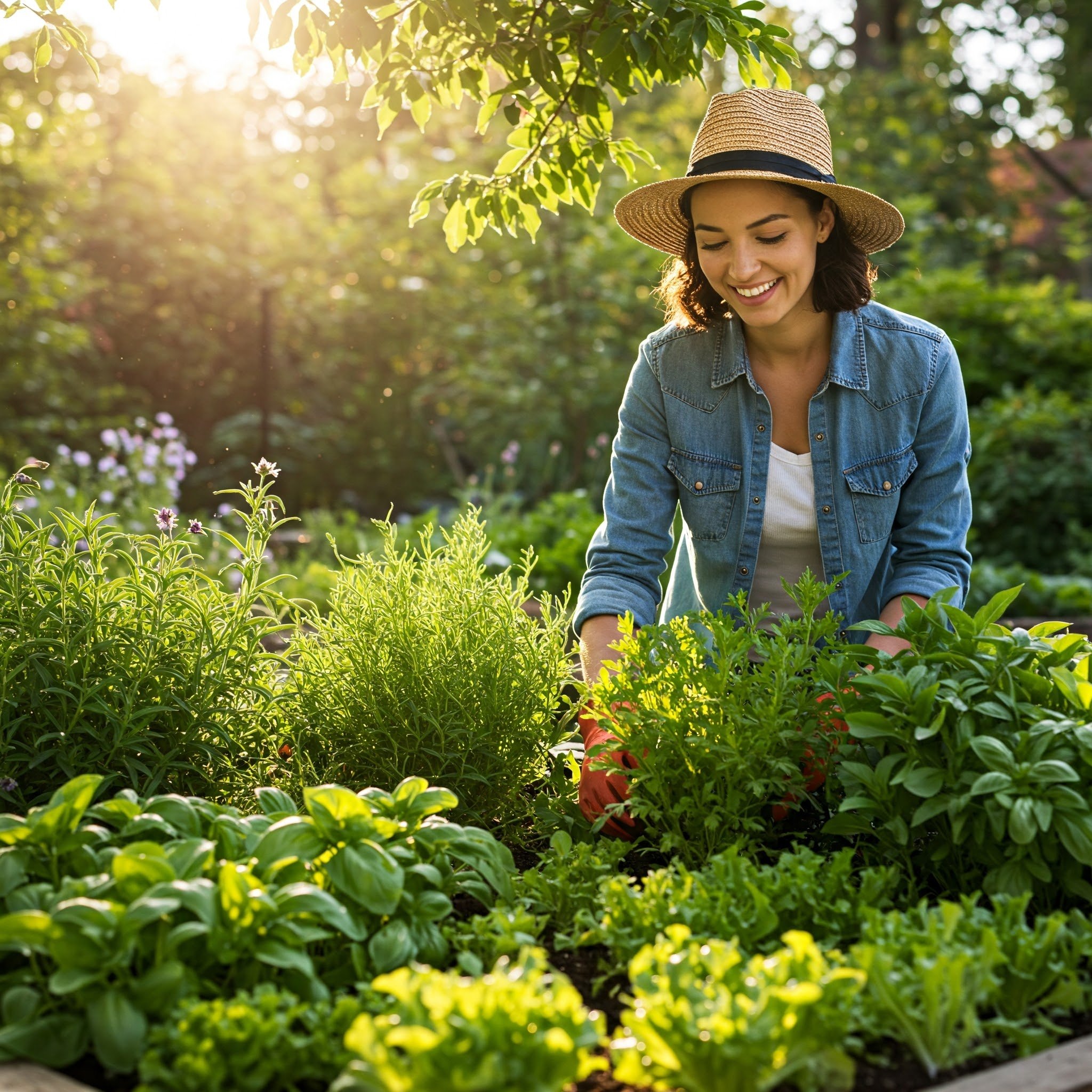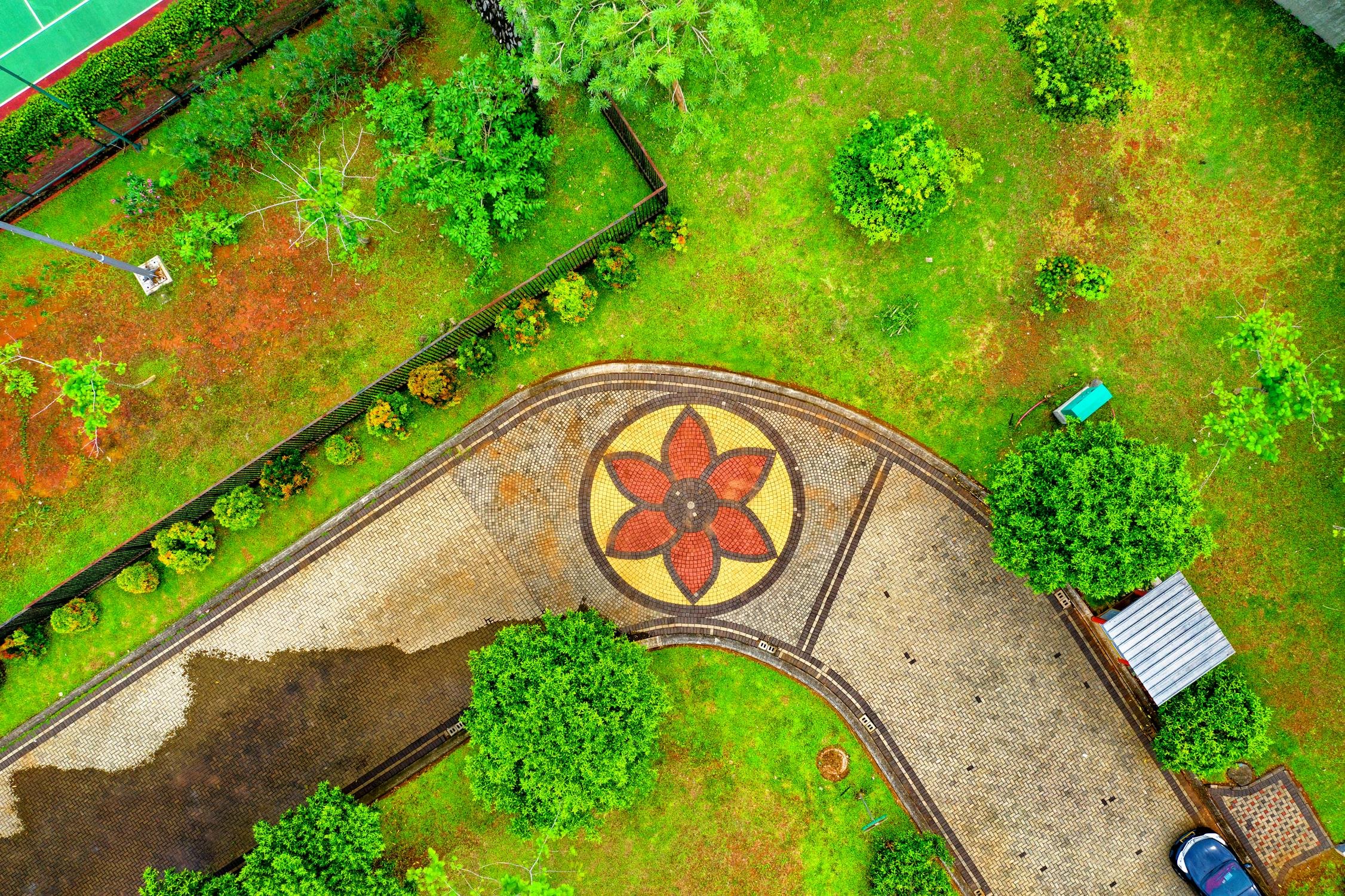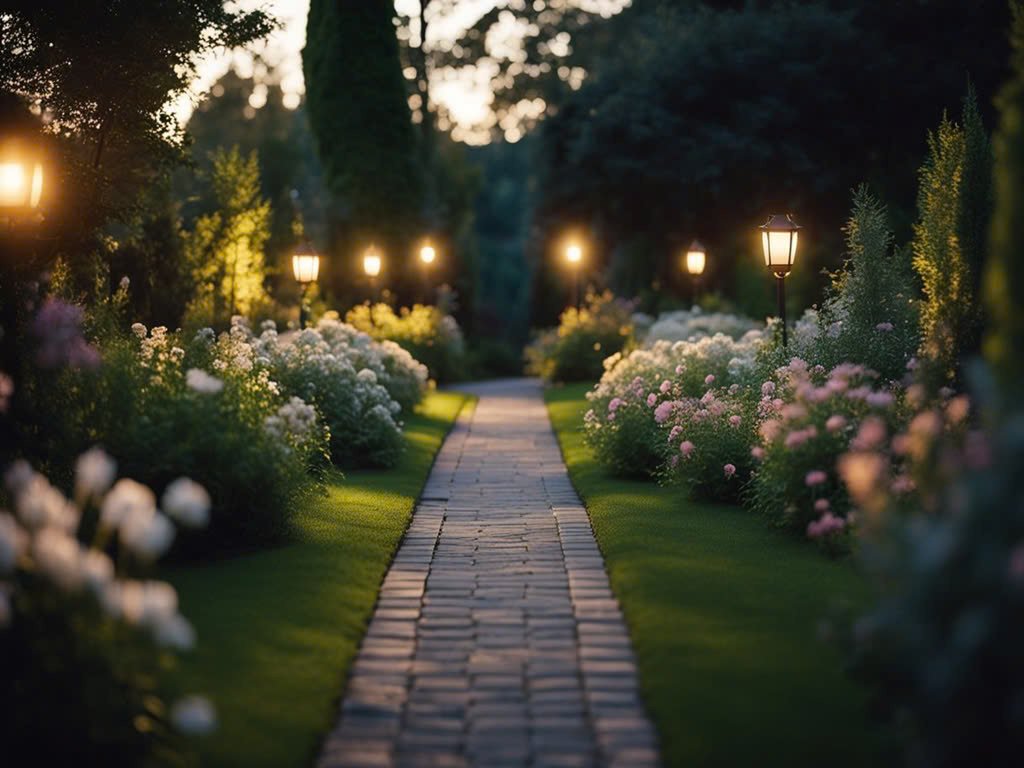Unleashing Your Garden's Potential: Exploring the Art of Garden Design
Transform your outdoor space into a breathtaking sanctuary with the art of garden design. Discover expert tips, creative ideas, and practical advice to create a stunning garden that reflects your style and brings joy year-round. From layout and plant selection to hardscape elements and focal points, this article will inspire you to design a garden that captivates the senses and nourishes the soul.
A picturesque garden filled with vibrant flowers, lush greenery, and a serene seating area.
Step into the realm of garden design, where nature's canvas becomes a masterpiece of beauty and harmony. A well-designed garden is more than just a collection of plants; it's a reflection of your personality and a haven for relaxation and inspiration. Whether you have a small backyard or a sprawling landscape, the principles of garden design can help you create an outdoor space that delights the senses and evokes a sense of serenity. In this article, we'll embark on a journey through the world of garden design, exploring the key elements, techniques, and ideas that will guide you in transforming your garden into a breathtaking oasis. Get ready to unleash your garden's potential and embark on a creative adventure!
1. Understanding Garden Design: An Artistic Approach
Garden design is a creative process that combines artistry, functionality, and horticultural expertise. Explore the fundamentals of garden design, from understanding spatial relationships to principles like balance, rhythm, and unity. Discover how the principles of design can guide your decision-making process and elevate your garden to new heights.
2. Assessing Your Space: Taking Stock of Your Garden's Potential
Before diving into the design process, it's essential to assess your space and understand its unique characteristics. Learn how to analyze the soil, sunlight exposure, and existing elements in your garden. Consider the topography, drainage, and microclimates to determine how they can influence your design choices.
A close-up of a garden bed filled with an array of colorful blooming flowers, showcasing the beauty and potential of a well-designed garden.
3. Defining Your Garden Style: Discovering Your Personal Design Aesthetic
Garden design offers endless possibilities for self-expression. Explore different garden styles, from formal and traditional to contemporary and naturalistic. AI garden design tool can present a variety of styles and help you visualize how they will look in your space. Discover how to define your personal design aesthetic and align it with your garden's surroundings and your own preferences.
A garden featuring a formal design with neatly trimmed hedges and symmetrical plantings, representing the concept of defining your garden style and exploring different design aesthetics.
4. Designing with Purpose: Creating Functional and Beautiful Spaces
A well-designed garden seamlessly blends beauty and functionality. Learn how to create outdoor spaces that serve specific purposes, such as entertaining, relaxing, or growing food. Consider the needs and activities of your household and design areas that enhance your lifestyle and bring joy to your everyday life.
A garden patio adorned with comfortable outdoor furniture and a dining area surrounded by blooming plants, showcasing the combination of functionality and beauty in garden design.
5. The Power of Focal Points: Creating Visual Interest and Depth
Focal points are the anchors that draw the eye and create visual interest in your garden. Explore ideas for creating focal points using elements like sculptures, water features, or striking plant combinations. Learn how to strategically place focal points to create depth and a sense of discovery in your garden.
A captivating sculpture nestled among lush foliage, serving as a focal point and creating visual interest and depth in the garden.
6. Harnessing the Magic of Plant Selection: Choosing the Right Plants for Your Garden
Plants are the soul of a garden, and selecting the right ones is crucial to a successful design. Explore different plant species, considering factors such as climate, soil conditions, and maintenance requirements. Learn how to combine plants for year-round interest, seasonal blooms, and harmonious color palettes.
7. Colorful Symphony: Mastering the Art of Color in Garden Design
Color is a powerful tool in garden design, evoking emotions and setting the mood. Dive into the world of color theory and learn how to use it effectively in your garden. Explore different color schemes, from monochromatic to complementary, and discover how to create harmonious and vibrant color combinations.
A garden bed showcasing a harmonious color palette with complementary flower hues, exemplifying the art of using color effectively in garden design.
8. Texture and Form: Adding Depth and Visual Appeal
Texture and form bring a garden to life, creating depth and visual appeal. Explore different plant textures, such as feathery foliage, glossy leaves, or rough bark. Learn how to incorporate plants with varying forms, from tall and upright to low and cascading, to create dynamic and captivating compositions.
A close-up of textured foliage and flowers, showcasing the importance of texture and form in adding depth and visual appeal to garden design.
9. Creating Balance and Harmony: Proportions and Scale in Garden Design
Balance and harmony are essential principles in garden design, ensuring a sense of equilibrium and visual cohesion. Learn how to achieve balance through the thoughtful placement of plants, structures, and hardscape elements. Consider the scale and proportions of your garden to create harmonious and inviting spaces.
A garden with carefully arranged plantings of varying heights and proportions, creating balance and harmony in the overall garden design.
10. Pathways and Flow: Guiding the Eye and the Foot
Pathways serve both functional and aesthetic purposes in garden design. Explore different materials and layouts for pathways that guide visitors through your garden. Learn how to create flow and connect various areas, ensuring a seamless and enjoyable experience for anyone exploring your outdoor space.
A pathway winding through a garden, lined with beautiful flowers and surrounded by lush foliage, exemplifying the role of pathways in guiding the eye and foot in garden design.
11. Embracing Hardscape Elements: Adding Structure and Functionality
Hardscape elements, such as patios, decks, and walls, provide structure and functionality to your garden. Discover how to incorporate hardscaping materials and features that complement your garden's style and serve your needs. Consider factors like durability, maintenance, and accessibility when selecting and designing hardscape elements.
A garden featuring hardscape elements such as a pergola, stone pathways, and a seating area, showcasing the incorporation of hardscaping in garden design to add structure and functionality.
12. Outdoor Living Spaces: Blurring the Lines Between Indoors and Outdoors
Create inviting outdoor living spaces that blur the boundaries between the indoors and outdoors. Explore ideas for creating comfortable seating areas, dining spaces, and cozy nooks that encourage relaxation and connection with nature. Incorporate elements like outdoor furniture, lighting, and accessories to make your outdoor spaces feel like extensions of your home.
An inviting outdoor living space with comfortable seating, a fireplace, and lush plantings, blurring the lines between indoors and outdoors and exemplifying the concept of creating outdoor living spaces.
13. Vertical Gardening: Maximizing Space and Adding Height
Vertical gardening is a smart solution for small spaces or when you want to add height and visual interest to your garden. Learn about different vertical gardening techniques, such as trellises, living walls, and vertical planters. Discover plants that thrive in vertical environments and bring a lush and vibrant atmosphere to your garden.
A vertical garden with cascading plants and hanging planters, showcasing the technique of vertical gardening in maximizing space and adding height to the garden.
14. Water Features: Adding Serenity and Tranquility
Water features have a soothing and transformative effect on a garden. Explore different options, from tranquil ponds and waterfalls to bubbling fountains and cascading streams. Learn how to incorporate water features that fit your garden's style and create a serene and refreshing atmosphere.
A garden featuring a tranquil water feature, such as a fountain or pond, surrounded by lush greenery, highlighting the serenity and tranquility that water features bring to garden design.
15. Sustaining Your Garden Design: Maintenance and Long-Term Success
Maintaining the beauty and health of your garden is essential for long-term success. Discover practical tips for garden maintenance, including watering, pruning, fertilizing, and pest control. Learn how to develop a garden care routine that keeps your plants thriving and ensures the longevity of your garden design.
Conclusion:
Designing a garden is an art form that allows you to create a living masterpiece. By understanding the principles of garden design and exploring the various elements and techniques, you can transform your outdoor space into a captivating sanctuary. Embrace your creativity, consider the unique characteristics of your garden, and let your personal style guide you in creating a garden that reflects your vision and brings joy to your life.
Frequently Asked Questions
Q: How do I start designing my garden if I'm a beginner?
A: Begin by assessing your space, considering factors like sunlight, soil type, and climate. Research different garden styles and gather inspiration from books, magazines, and online resources. Start with a basic plan and gradually develop it as you gain more confidence and knowledge.
Q: How can I make my garden more sustainable and eco-friendly?
A: Incorporate sustainable practices into your garden design by using organic fertilizers, composting, conserving water, and selecting native plants. Minimize the use of chemicals and create habitats for beneficial insects and wildlife. Embrace eco-friendly gardening techniques to reduce your environmental impact.
Q: What are some low-maintenance plants that are suitable for garden design?
A: There are many low-maintenance plants that can thrive in a well-designed garden. Consider drought-tolerant plants, native species, and perennial flowers that require minimal care. Incorporate evergreen plants for year-round interest and focus on selecting plants that are well-suited to your specific climate and soil conditions.
Q: How can I make my garden design more personalized and unique?
A: Infuse your garden with personal touches by incorporating elements that reflect your interests and personality. Add artwork, sculptures, or handmade crafts. Create a garden theme based on your favorite colors, plants, or cultural influences. Use plant combinations and arrangements that resonate with your individual style and preferences.
Q: Can I design a garden on a small budget?
A: Absolutely! Garden design can be tailored to any budget. Consider starting with a small area and gradually expanding over time. Look for affordable plant options, shop for sales, and explore DIY projects. Focus on creating a well-thought-out design with attention to detail, rather than solely relying on expensive materials or plants.
